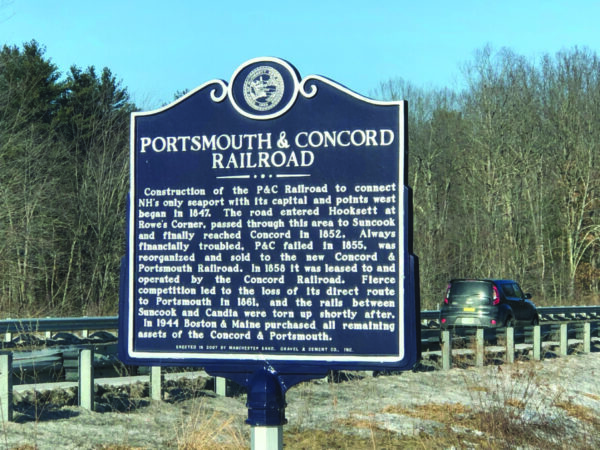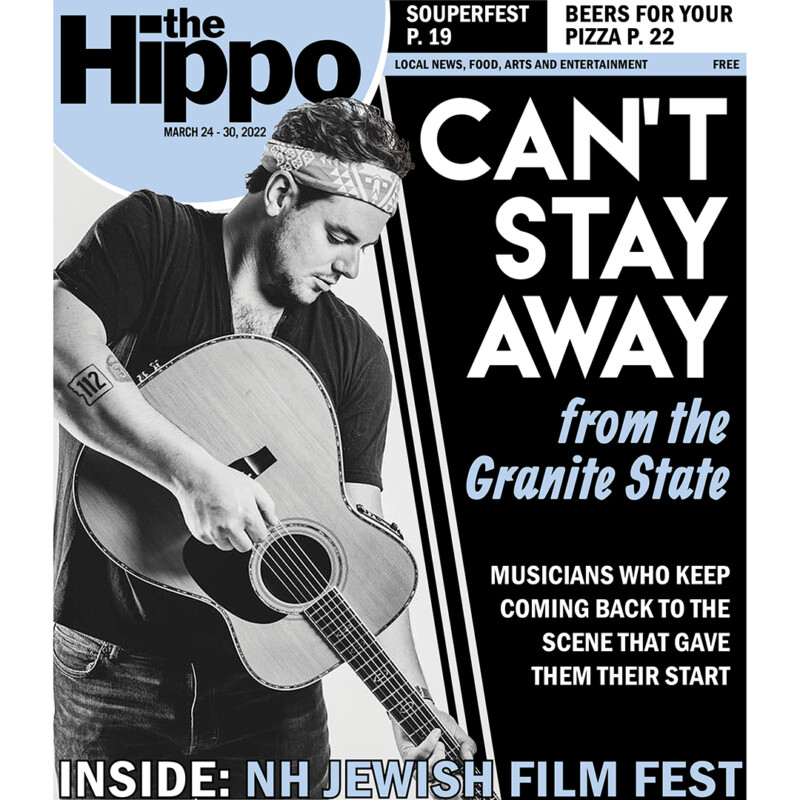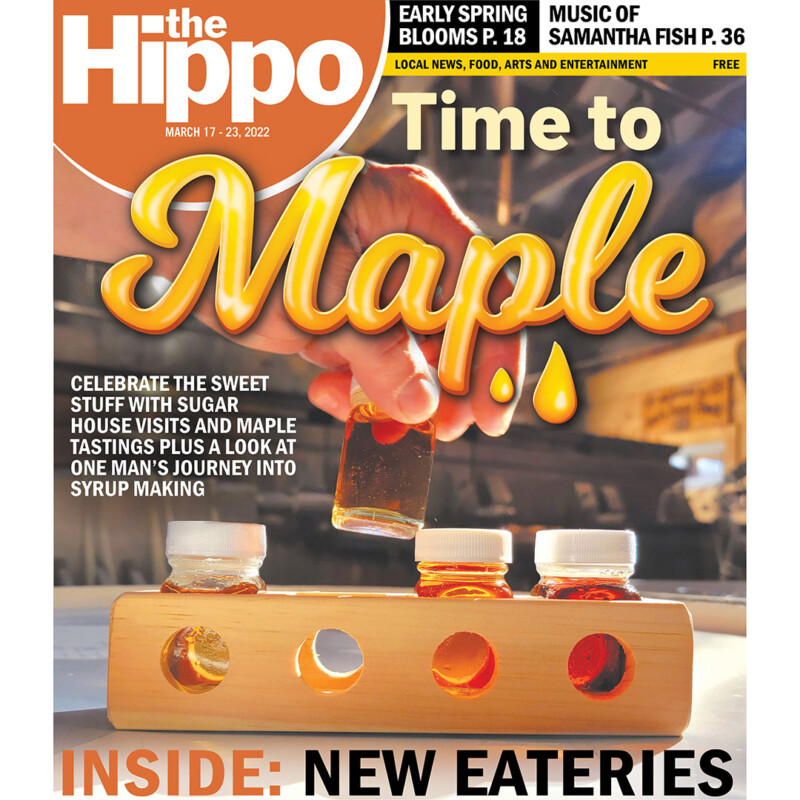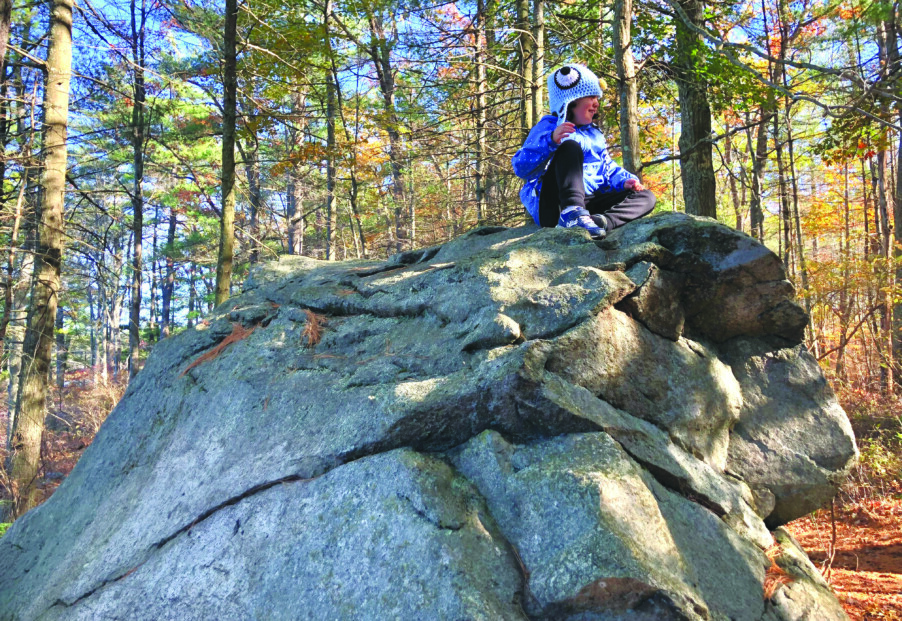Author: admin
The wrong crib for this baby
by Jeff Rapsis
All politics is local — and our region’s inability to bring passenger rail back to Manchester, Nashua and the rest of the Merrimack Valley is a good example of that.
However, this old saying might offer the key to finally making progress, even as state lawmakers in Concord are maneuvering to ban using state money on the long-stalled project.
How? I think the issue is that in New Hampshire, as in most places in America, public transit projects such as this naturally fall to a state’s transportation department to plan and oversee.
But in the Granite State, a majority of residents feel they’ll see no real benefits from Manchester and Nashua joining Boston’s commuter rail network. Hence the opposition and inaction, even though civic officials in Manchester and Nashua, the state’s two largest cities, have pushed it for decades.
What to do? I think it’s time for leaders in the Merrimack Valley to recognize that the state DOT is simply the wrong crib for this baby. A majority of the state (and hence the Legislature, which funds the state DOT) will simply never be convinced to make the investment.
So instead, a group of civic leaders from Concord south to Nashua should band together and craft a plan to fund it on their own.
This would require the creation of an entity similar to a tax increment financing district, but on a larger scale. It might function like a regional planning agency, but with the power to propose and implement taxes or other funding mechanisms (subject to voter approval) to raise revenue for restarting and operating passenger rail.
It wouldn’t be easy. But the Merrimack Valley is the most heavily populated area of New Hampshire, home to 561,000 of the state’s 1.3 million residents. It boasts the state’s largest concentration of business activity.
Surely this area on its own could generate the estimated $300 million all-in investment needed to extend passenger rail north from Lowell, Mass., and the annual subsidy of about $13 million.
In return, we’d reap the benefits of improved access to Boston, the region’s economic hub.
And here’s an idea to start you thinking: Why not impose a $5 fee on anyone boarding a Boston Express Bus to Logan Airport, with the revenue earmarked for passenger rail?
Jeff Rapsis, a Bedford resident, is Associate Publisher and a co-founder of the Hippo.
Come together with the Ukulele — 04/07/22
Best of 2022 — 03/31/22
Can’t Stay Away from the Granite State — 03/24/22
Time to Maple — 03/17/22
High school diplomas outdated?
What does a high school diploma get you? Some might say that someone with a high school diploma will earn more money over their lifetime than someone who hasn’t earned a diploma. That may be true, but do you credit the diploma for the extra earnings? Does that diploma tell you anything about the specific skills that an individual would bring to the workplace? I believe that the high school diploma has largely outlived its usefulness and that the end game in high school should no longer be to simply earn a diploma.
What does a high school diploma tell you about someone? For example, if someone got a B in biology, can anyone tell me what that person knows and is able to do with what he or she learned in biology? How did they get the B? Did they get it because they got a B average on their tests? Was it because they passed their homework in on time? Did they regularly participate in class discussions? Did they do well on the final exam? Maybe they were nice to the teacher. Whatever they did, it translated into a B. Even if we assume that they did fairly well in their biology class, how much of what they were taught will they actually retain even two weeks after the exam?
And what are colleges supposed to translate from your grades in high school? Why is it that 40 percent of college freshmen need to take remedial courses in either math or language arts? Can we assume that their high school transcripts were interpreted by the admissions officers to be that these students actually had skills in those areas? Then how come they had to take remedial courses?
I believe the high school diploma’s usefulness is coming to an end, and that the new coin of the realm for high schools will be certifications and career credentials; something that will give confidence to anyone who has interest in someone holding one of these credentials that they have achieved the skills necessary to perform the associated tasks, be it a welder’s license, a massage therapist’s license, an associate’s degree in a specific field, etc. These credentials not only give someone confidence that you have the requisite skills but they immediately carry weight in the marketplace when seeking specific jobs.
Career-related credentials are coming soon to a high school near you and they will be a welcome improvement over the outdated notion of a diploma.
Fred Bramante is a past chairman and memtber of the New Hampshire State Board of Education. He speaks and consults on education redesign to regional, state and national organizations.
Make This — 03/10/22
Whoopie! — 03/03/22
A little dirt, a little risk
Learning and fun on Head’s Pond Trail in Hooksett
By Dan Szczesny
danszczesny@gmail.com
I can’t think of a better word than feral to describe my daughter’s love for the outdoors, so for now, I’m going with that.
We’ve raised Little Bean to be as unafraid of the traditional challenges of nature as possible. Mud. Wind. Snow. Dirt under the fingernails. All fair game.
The constraint of goal-setting when on the trail can often stifle exploration. The mountaintop will always be there, but hey, look at that cool rock! That sort of thing.
There’s a whole line of child psychology, in fact, that studies a developing field called Risky Play. Remember when you were a kid and you spent basically the whole day outside, unsupervised, doing things that adults today would be horrified to learn you were doing? Well, folks like Mariana Brussoni, a professor at the University of British Columbia, remembers. She says it was good for you, and a little of that today would also be good for kids.

Risky Play done in the context of a relatively safe space is “really a fundamental way for them to figure out the world — how the world works, how their body works,” she says.
This was on my mind recently during a hike with Little Bean along the Head’s Pond Trail in Hooksett. This amazing little jewel of a rail trail sits right off Route 3 and is built along a 1.7-mile section of the old Portsmouth and Concord Railroad line, which dates back to 1847. Back then, it connected the coast to the capital and ran right through Hooksett. Today, it’s a super fun family hike during any season. Flat. Wooded. Water and rocks all over.
We love this trail, in part because it’s the home of Sheep Rock, a huge glacier erratic that looks like a sheep head, and a rock that we included in our Field Guide NH Rocks That Rock. On this trip, we were thrilled to have a crew from New Hampshire Public Radio accompany us to the rock.
All that was great. Except for the ice. And except for the fact that my daughter wanted badly to engage in Risky Play, the one thing we taught her to do and the one thing I wished, just this once, she wouldn’t!
How would this group of professionals with microphones and an itinerary react to my daughter taking great running head starts and sliding on the ice on her knees, screaming at the top of her lungs? How would they react to her being distracted by a cool branch or an icicle in the middle of asking her a question about rocks?
Well, pretty well, it turns out.
To their credit, the crew took their cues from Little Bean, letting her lead in her own way, letting her be a little crazy because sometimes crazy just means joyful and joyful is OK.
Push too hard and you’ll lose them. Keep them boxed up and they won’t come back. Let them be in a little bit of controlled danger to find their own footing.
There’s a more universal lesson here as well about the power of creating your own story, of building memory and self-worth. There’s lots of places to do this, but hiking with kids, I’ve found, lends itself best to forging bonds, building a history and boosting confidence.
But you need to be patient. And you need to exist in the same space as your kid, not the other way around.
We reached our destination that day, and by the time Little Bean sat atop that rock shaped like a sheep, her knees were filthy, her hair was a tangled web and she had bruises on both elbows. In other words, it was a good hike, and more importantly, it was her hike.
Featured photo: The author’s daughter sits atop Sheep Rock, just off the Head’s Pond Rail Trail in Hooksett. Sheep Rock is listed in the NH Rocks That Rock 25 field guide, a collection of the state’s most famous and historic rocks and boulders. Courtesy photo.









